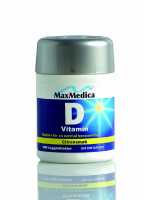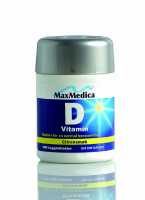MedicalResearch.com Interview with:
Pamela S. Hinton, Ph.D.
Associate Professor
Director of Graduate Studies, Nutritional Sciences
Department of Nutrition and Exercise Physiology
University of Missouri, Columbia MO 65211
Medical Research: What is the background for this study? What are the main findings?
Dr. Hinton: Because bone mass declines with age, maximization of peak bone mass is recommended as the most effective way to prevent osteoporosis. Acquisition of at least 90% of peak bone mass occurs by the age of 18 years, with additional gains of 5% to 10% during young adulthood. Because mechanical loading induces a greater adaptive response in young, compared with old, bone, adolescence and young adulthood constitute a unique window of opportunity to increase bone mass via physical activity. Although physical activity during adolescence and young adulthood is a key determinant of peak bone mass and, therefore, of future bone health, exercise after skeletal maturation can also reduce the risk of osteoporosis and related fractures.
Therefore, the objective of the present study was threefold:
(a) to examine the relationships between current BMD of the whole body, hip, and lumbar spine and physical activity–associated bone loading during adolescence (13-18 years), young adulthood (19-29 years), and current physical activity–associated bone loading;
(b) to investigate the effects of current participation in a high-impact physical activity and/or resistance training on BMD of the whole body, total hip, and lumbar spine in apparently healthy, physically active men; and,
(c) to evaluate the effects of continuous participation in high-impact activity throughout the life span on BMD of the whole body, total hip, and lumbar spine.
(more…)




